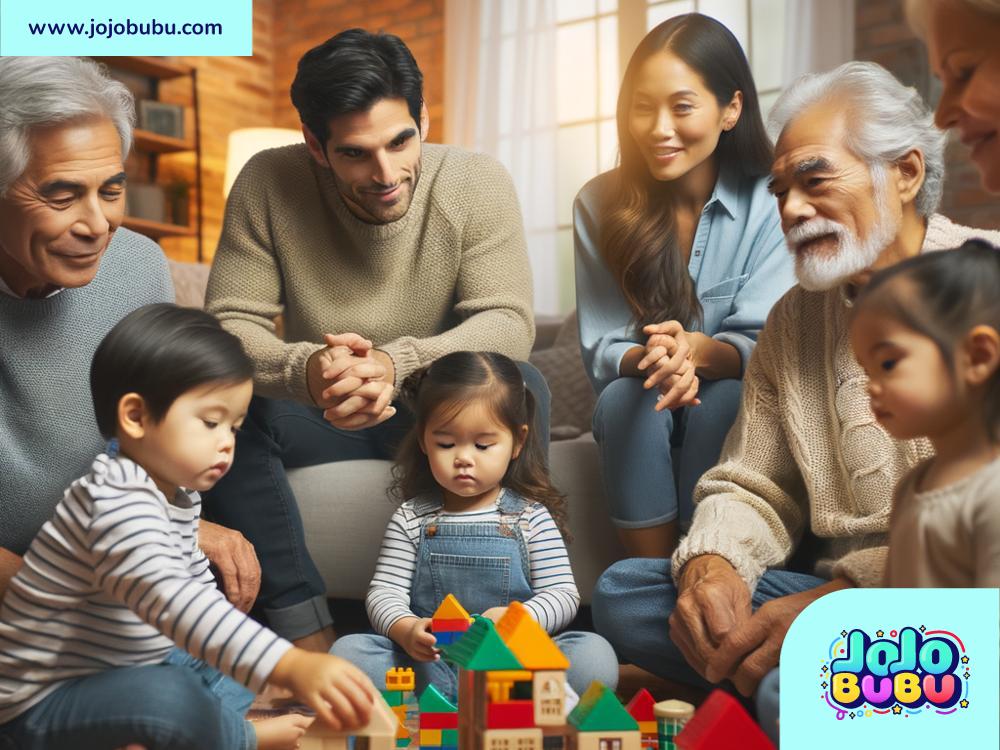Storytelling and Oral History Sharing: How Stories Connect Us Across Time
Storytelling is one of the oldest ways humans communicate. Before books, televisions, or social media, people told stories to share information. These stories taught lessons, entertained, and passed knowledge from one generation to the next. Oral history sharing is a type of storytelling focused on remembering real-life events and experiences. Together, storytelling and oral history have helped cultures and families preserve their identities for thousands of years.
Why Storytelling Matters
We all love stories. Stories can make us smile, cry, or feel inspired. They help us understand the world and each other. Long ago, storytelling wasn’t just about entertainment—it was the main way people passed down important information. People would gather around fires or in family circles to hear stories about ancestors, heroes, or even the gods. These tales taught values, explained traditions, and helped communities bond.
Storytelling also lets us imagine things we’ve never seen before. When someone tells a story, they paint pictures using words. These mental pictures can transport us to different places and times or make us feel emotions we’ve never felt. For example, a grandmother might tell her grandson about how life was when she was a child. Through her story, the grandson can picture a world without smartphones or the internet, filled with outdoor games and simpler technology.
What is Oral History?
Oral history is a special kind of storytelling. It focuses on real events from the past. Instead of writing history in books, oral history involves telling history aloud. This way, memories are passed down directly from person to person.
Imagine sitting with your grandfather and asking him what life was like when he was a boy. Every word he says becomes oral history. He might describe the school he went to, the chores he did at home, or the games he played with friends. These details might not be written anywhere else, but through oral history, they are preserved.
Many cultures rely on oral history to keep their traditions alive. For example, Indigenous peoples in many parts of the world, such as Australia, Africa, and North America, use oral storytelling to recount their ancestors’ beliefs, struggles, and victories. When oral history is shared in this way, it becomes a living archive—a collection of memories that grows as it’s passed on to the next generation.
How Does Storytelling Build Community?
Storytelling is powerful because it brings people together. When people share stories, they connect with one another through emotions and shared experiences. It helps strangers feel like friends and reminds us that we are all human.
In times of celebration, stories give us joy. Think about weddings or birthday parties where people share funny or heartwarming experiences. These happy moments remind us of the love we have for one another. On the other hand, during hard times, stories help us understand pain and show empathy. For example, a war veteran telling a story about bravery and loss might inspire listeners to appreciate peace and reflect on sacrifice.
Sharing oral history also builds community. When a person tells their story, it becomes part of their listeners’ knowledge. This kind of sharing creates a connection between older and younger generations. It helps younger people understand where they came from and why certain traditions are important. For example, a family elder might share a story about fleeing a dangerous situation to create a better life. That story can teach younger family members about resilience and gratitude.
Storytelling Across Cultures
Every culture has its own storytelling traditions. In India, the Ramayana—a story about the hero Rama—is told through opera, poetry, and oral stories. In West Africa, griots are storytellers who recite history, music, and poetry that celebrate their people’s heritage.
Even though stories differ by culture, the value of storytelling is universal. A story about a heroic king from Africa might teach the same lessons about leadership and morality as a story from Europe or Asia. Stories are proof that humans share common emotions and needs, no matter where they live.
Modern Tools for Oral Storytelling
In the past, storytelling was done face-to-face. Today, people use videos, podcasts, and other technology to share oral stories online. These modern tools help us keep oral history alive in new ways. For example, young people can record interviews with their grandparents and upload them to preserve their family histories.
Projects like StoryCorps in the United States collect oral histories from everyday people. These stories help us learn about life from different perspectives. They are proof that everyone has a story worth sharing.
How Can You Participate?
You don’t need to be a professional storyteller to share a story or preserve oral history—just start talking! You can ask family members about their childhood, record their memories, or write down your own stories.
Storytelling doesn't require fancy tools or perfect words. What matters most is the connection between storyteller and listener. So gather your loved ones, sit down, and start sharing stories. You might discover something amazing about your family, your culture, or even yourself.
Final Thoughts
Storytelling and oral history remind us who we are. By keeping traditions alive and remembering the past, these practices connect us to our roots and to one another. Stories tell us where we came from, and they guide us forward. Whether you’re telling fictional tales or real-life memories, every story has the power to bring people together. So, take the time to listen, share, and celebrate the stories that shape our lives.

